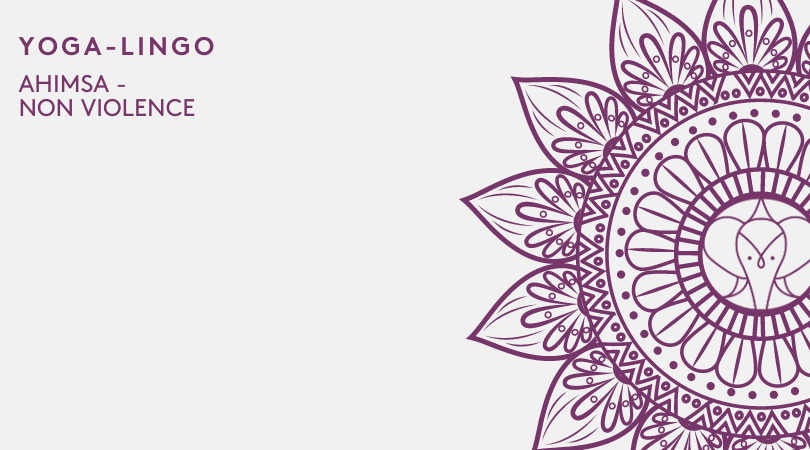Lions pose - Simha Mudra Pranayama
Lions Breath: 6 step guide (Simhasana Pranayama)
What is the lion’s breath?
Lion’s breath is a sitting pranayama practice in yoga for releasing tension in the jaw, neck, and face. This practice helps you feel more energized as we wake up our face with a new flow. It is a powerful pranayama that leaves you with courage, energy, and laughter! A great way of gaining new power and release your anger.Pranayama: to become more energized and to find your flow
Simhasana pranayama ( lion pose) is a breathing exercise in which posture has the resemblance of a sitting lion, hence the name. Simha means lion and mudra indicate gestures. There are many different types of pranayama in yoga where you practice your breathing techniques, and the lion's breath is only one of them.
It is a great practice to let go of other people’s opinions, letting go of negativity and have a moment to yourself where you are allowed to feel a bit silly, practicing lions breath makes that possible.
6 step guide through Lion’s breath, for stress release
Let’s get started by rolling out your mat and get into position. It’s time for calming but yet powerful pranayama!1. Start by sitting on your knees, or in a sitting position with legs crossed if needed. Cross your ankles under your seat.
2. Open up your chest by pressing your palms on your knees. Extend your fingers and straighten your arms as you continue breathing.
3. Inhale through the nose.
4. As you exhale forcefully through your mouth, make a ’ha’ sound. Throughout the exhale, open your mouth big and stick out your tongue as far as possible towards your chin.
5. Return to normal face position as you inhale again.
6. Practice for 4-7 minutes, anywhere you want, in your flat or with us in our studio!

What are the benefits of lions pose and why should I try it?
Lion’s breath helps to release stress and encourage empowerment. It is a great practice to let go of negative energy throughout the day and increases positive energy. It can also relieve tension and stress in jaws and face and open up the throat chakra, giving you flow through your mind and body.“The future depends on what we do in the present.”
Why not start the day with this breathing exercise with inner focus and self-love. This pranayama is for beginners as well as for experienced yogis. We often take care of our body and are well aware of the way we move, the way we look and how other thinks of you. How often do you take your time, focusing on your breathing, canalizing your negative energy and letting go of thoughts and feelings without meaning and only with a result of feeling stressed? It is never too late to start taking that time and finding your energy flow through your body.
Exercise your brain and nervous system!
Lion’s breath is not the only pranayama that helps with tension release but also affects our nervous system. To stimulate your through and upper body as you do in this practice also has a calming effect on our nervous system. Our body has two kinds of systems, a fight or flight mode called parasympathetic, and a rest and digest system called the sympathetic nervous system.
“If you want to conquer the anxiety of life, live in the moment, live in the breath.”
Daily stress is a part of everyday life for most people in today’s society, and therefore it’s essential for everyone to take a moment to be and put the energy in self-care, in a yoga studio where you are allowed to feel a bit silly, looking and sounding like a lion. If you feel a little bit shy to stick your tongue out in public, then we have the solution for you, and it is that you can practice to our online yoga videos wherever you are. Learn lions breath right here and now.
Yoga poses best practiced on an empty stomach, same stands for yogic breathing such as alternate nostril breathing and lions breath. Practicing lions breath and other breathing techniques will get you more grounded, and you will start feeling more close to hatha yoga the foundation of yoga, or physical yoga.

So you have learned the steps and that Lions pose has many different names, Simhasana, Simha mudra, Lions pose, lions breath give it ago and try it in this tutorial with our hatha yoga and pranayama teacher Guy Powiecki









